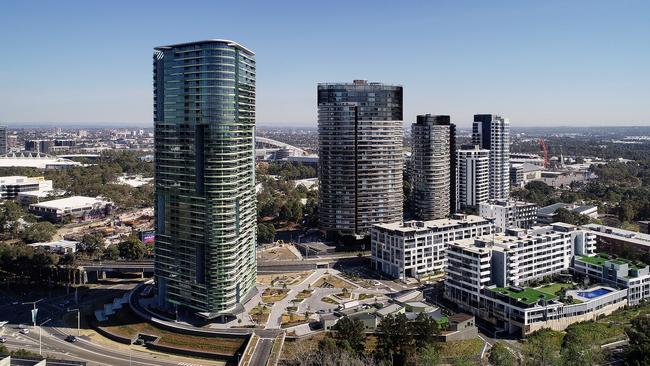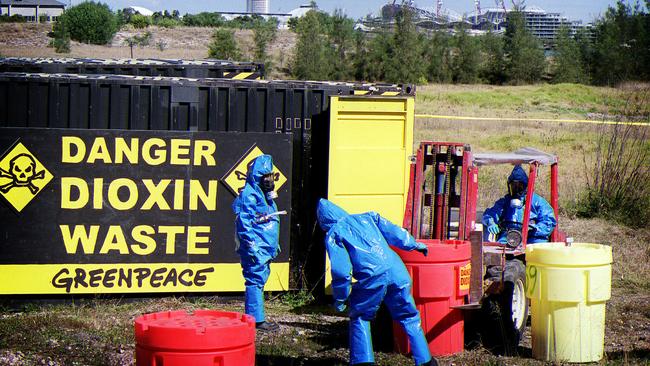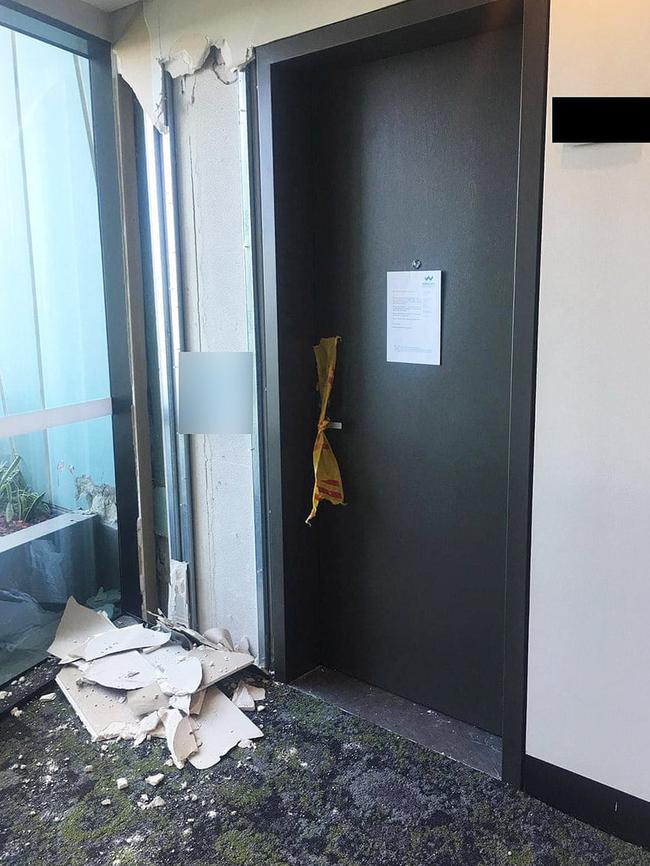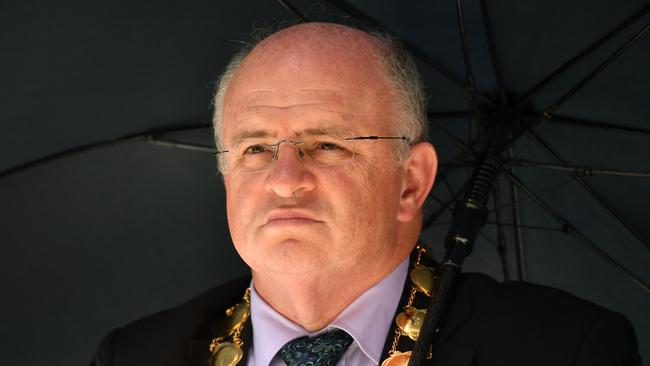Sydney Olympic Park: Expert reveals site ‘never remediated properly’ from toxic waste dumping
The site of the Opal Tower in Sydney Olympic Park was once a toxic waste dumping ground, and is now being described as a ticking time bomb.
- Iconic Parramatta pub faces demolition in light rail works
- Sydney councils raking in parking fine revenue
An environmental expert claims the Sydney Olympic Park site is a ticking toxic time bomb which was never suitable for residential development.
In the wake of the Opal Tower debacle, University of Wollongong Professor Sharon Beder said there were broader concerns about development at the site, which she claims which was “not properly remediated” before and after the 2000 Olympics.
“After the Olympics, a lot of the development there was fast-tracked and then privately certified, so the full environmental impact assessment of the site that should precede major development didn’t happen,” she said.

“All (the government) did was hide (the toxic waste), removing it from one area to another and hoping for the best.
“In the short term, it was probably going to be all right for the Olympics. And then after that, it gets forgotten that it’s a toxic waste dump and they put residential development on it.”
An investigation into panel cracking at the $128 million Opal Tower — which opened only five months ago — has already ruled out issues with the 36-storey building’s foundations.
However, Prof Beder said the worst could be still to come at the site, which was used up until 1976 to manufacture the ingredients for Agent Orange, a powerful herbicide used in the Vietnam War, and was also home to the state’s abattoir (1907-88) and brickworks (1911-88).
“I have wondered about the foundations of the (Opal Tower) building given it’s on a fill area and there was actually a pond there,” said the former chair of the Environmental Engineering Branch of the Institution of Engineers, Sydney.

“The fill included toxic waste which could cause major problems.
“The area where the Opal Tower is on was reclaimed from Homebush Bay, which is one of Australia’s worst contaminated areas in Australia. And right next door to the Opal Tower is an area where they excavated toxic waste after that filling had happened in order to prepare it for the Olympic Games site.”
A NSW Planning Department spokesman said an environmental-impact study in 2014 found the Opal Tower site could be made suitable for high-density residential land.

“The EIS also included a detailed geotechnical report on the basis of which strict conditions were imposed in the development consent with regard to a requirement for further groundwater assessment before the development could proceed,” the spokesman said.
Independent experts investigating Opal Tower, University of NSW Professor Mark Hoffman and Newcastle University’s John Carter, both deans of engineering, said: “From our initial assessment, there is no evidence of any issues with the foundations of the building.”
The Sydney Olympic Park Authority declined to comment on Prof Beder’s comments.

‘QUICK CLEAN-UP’
In a 1993 essay, Prof Beder said the worst contamination at Sydney Olympic Park was “at the old brickworks site, near the State Sports Centre and near Haslams Creek”.
“The testing by Coffey Partners revealed extensive contamination,” she wrote. “In the grounds around the State Sports Centre … testing by Coffey Partners has revealed arsenic, lead, cadmium, asbestos, pesticides and low concentrations of dioxins and dibenzofurans up to 9.5m deep.
“Groundwater in the area was found to have elevated levels of chlorobenzenes, organochlorines and cyanide. Surface water in the creek running through the site is also contaminated with chlorinated hydrocarbons.
“The need for a quick clean-up has obviously affected remediation decisions. For example removal of 80,000 tonnes of asbestos waste from the Olympic precinct posed a problem that was overcome by using unorthodox methods. With the agreement of union officials the waste, instead of being sealed and bagged, was wetted down and moved in bulk.”
Prof Beder said the Sydney Olympic bid concentrated on “other green aspects” to “ensure that discussion of the contamination was kept out of the public arena”.

‘CRACKS IN TRUST’
Parramatta Lord Mayor Andrew Wilson says community confidence in the State Government’s development drive has copped a “kick in the teeth” after the Opal Tower fiasco.
“The immediate consequences for residents are outrageous,” he said. “Community confidence (on development) has taken a massive kick in the teeth over this.”
Cr Wilson fears the push for more housing could lead to botched buildings.
“People in Parramatta have always taken a very balanced, open-minded approach to development, but that won’t stand up if they think there are flaws in the planning system and people aren’t being held to account,” he said.

“I think the pace of development has overwhelmed the Planning Department. The Minister (Anthony Roberts) will of course be judged on the results of this (Opal Tower) investigation.”
Plans for the $128 million Opal Tower at Sydney Olympic Park did not require council approval as it is considered a state significant site.
Mr Roberts says the government is “fully investigating” the building defects at the Opal Tower.
Investigations are continuing amid predictions that devastated residents face a massive loss on their investments.


